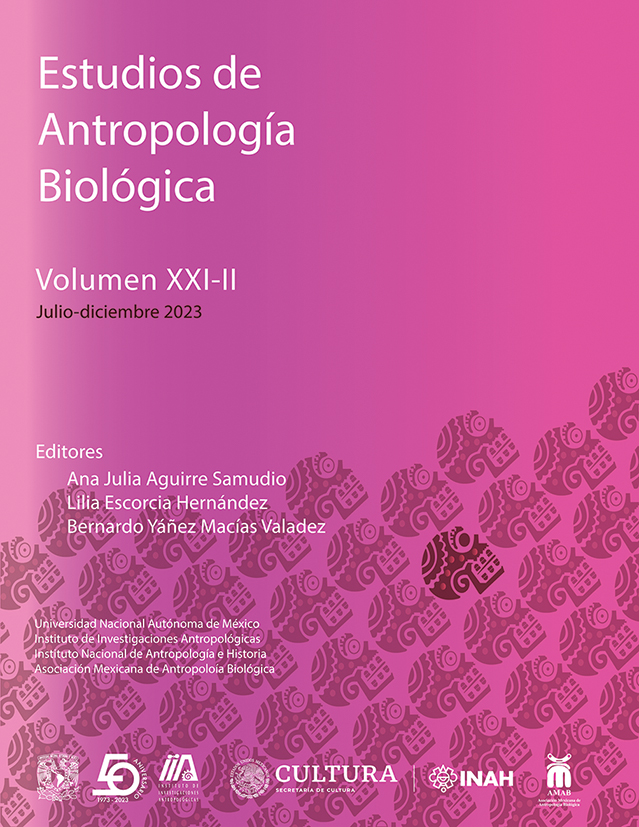The use of physical anthropology and the concept of race in Chile in the late nineteenth and early twentieth centuries.
DOI:
https://doi.org/10.22201/iia.14055066p.2023.84449Abstract
During the period that includes the end of the 19th century and the beginning of the 20th century, the ruling class in Chile, in its aspiration to transform the country into a modern Nation-State, entered into a debate about what were the biological, psychological and moral elements that make up the Chilean being. that could be agglutinated under the concept of Chilean race. To carry out this purpose, in this search to homogenize national diversity, various authors, including Nicolás Palacios, an ethnonationalist doctor, made use of the prevailing racial theories of the period, where physical anthropology played a relevant role in the creation of typologies based on both qualitative and quantitative descriptions. Under the aegis of the French thinkers of his time such as the Count of Gobineau, Gustave Le Bon and Vacher de Lapouge among others, both intellectuals and politicians used the theory and methodology of descriptive physical anthropology to generate a discourse of racial superiority both within of the country and at the Latin American level, and in which the indigenous population was excluded or included at the convenience of each person.
Downloads
Downloads
Published
How to Cite
Issue
Section
License

http://creativecommons.org/licenses/by-nc-nd/4.0/


